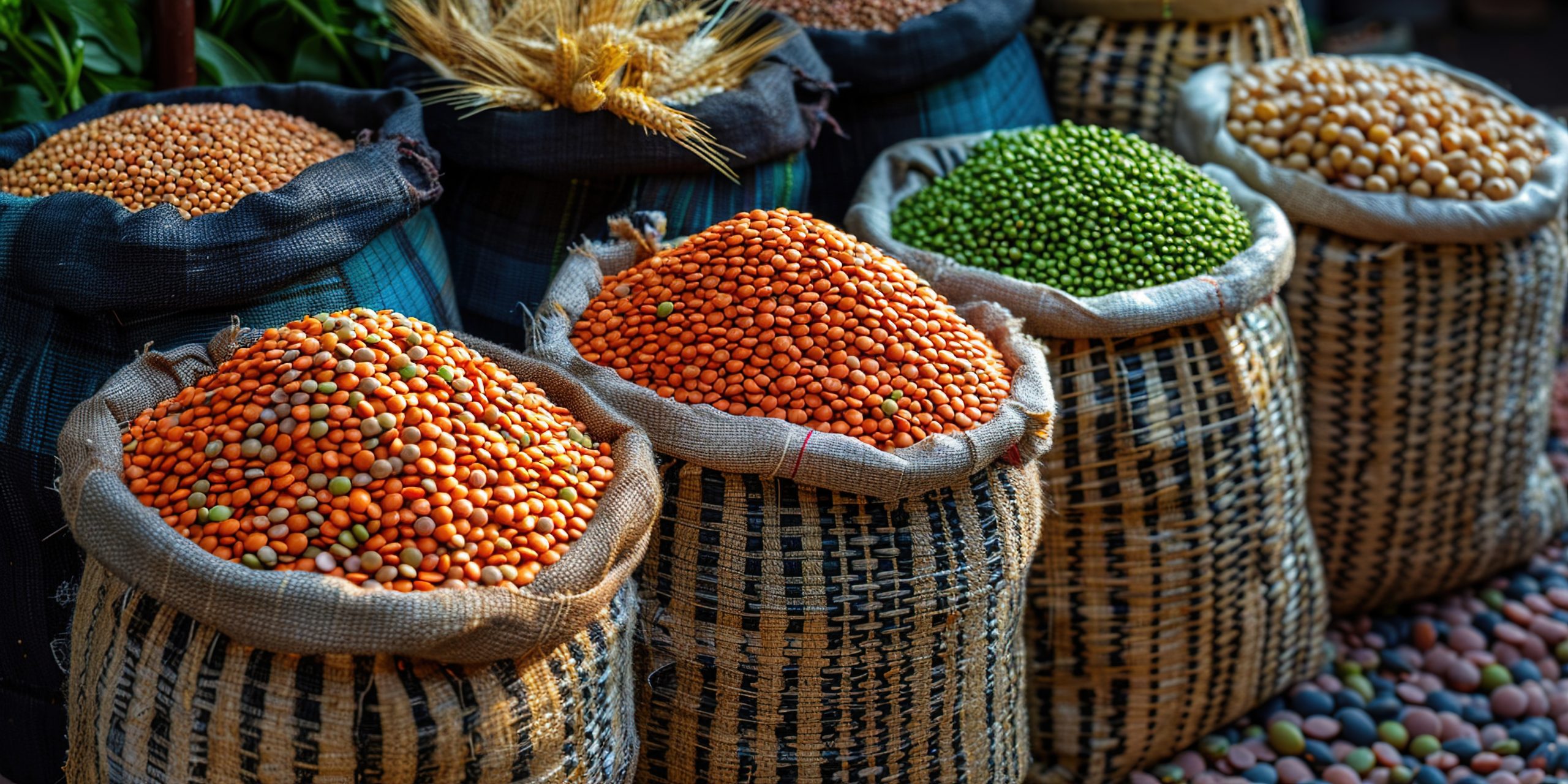Executive Summary
Global commodity trading patterns are shifting dramatically as Russia's aggressive yellow peas pricing strategy reshapes pulse market dynamics. AI-powered market intelligence reveals prices dropping by $20 for China deliveries, while agricultural supply chain disruptions create pressure on pigeon pea markets. India's extended duty-free import policy through March 2026 is generating significant arbitrage opportunities. Key takeaway: Russia's 5.1 million tonne harvest advantage is driving a competitive pricing war that's impacting substitute commodities across Asian markets.
The global pulse market is experiencing a significant shift as Russia continues to dominate pricing strategies in the yellow peas sector, creating ripple effects across substitute commodities and reshaping trade flows to major Asian importers.
Russia's Market Dominance Intensifies
Russia has further strengthened its position as the price leader in yellow peas, implementing strategic cuts across key export destinations this week. The most dramatic reduction came in China-bound shipments, where Russian exporters slashed prices by $20 to $355 per tonne for July-August delivery.
The pricing strategy extends beyond China, with Russia reducing its India offers by $5 to $370 per tonne and cutting Pakistan prices by $10 to $365 per tonne for the same delivery period. This aggressive approach contrasts sharply with Canada's steady positioning, maintaining offers at $430 to India and $370 to China.
The Numbers Behind Russia's Competitive Edge
Russia's pricing confidence stems from a robust production foundation. The country's 2024-25 yellow peas crop reached 5.1 million tonnes, significantly outpacing Canada's 3.17 million tonnes harvest. This production advantage provides Moscow with the flexibility to maintain competitive pricing while securing market share in critical Asian destinations.
Interestingly, both major producers have reported higher production this year, yet Russia's scale advantage continues to drive market dynamics.
India's Strategic Trade Policy Extension
India's decision to extend duty-free imports of yellow peas until March 31, 2026, adds another layer to the market dynamics. This policy extension, widely attributed to geopolitical considerations including Russia's strategic importance for India's defense sector and regional security concerns, ensures continued preferential access for Russian exporters.
The policy reflects India's broader strategy of leveraging trade relationships to strengthen diplomatic ties, particularly given ongoing regional security challenges.
Pigeon Peas Feel the Pressure
The yellow peas price war is creating significant downstream effects in the pigeon peas market, where substitution dynamics play a crucial role, particularly in Indian consumption patterns.
Myanmar, a key pigeon peas supplier, has responded to market pressures by cutting its lemon-type pigeon pea prices by 4% or $30 to $700 per tonne. This reduction comes despite India's parallel decision to extend duty-free imports for pigeon peas through the same March 2026 timeframe.
Domestic Market Implications
The global pricing pressure is reflecting in India's domestic markets, where pigeon pea prices are trading below ₹65,000 per tonne—significantly under the government's minimum support price of ₹75,500. This disconnect between policy support and market reality highlights the powerful influence of global trade dynamics on domestic agricultural markets.
The broader bearishness across the pulses complex is amplifying these price pressures, creating challenges for domestic producers while benefiting import-dependent food processors and consumers.
Trading Opportunities and Risk Assessment
For agricultural commodity traders and food processors, these market dynamics present both opportunities and challenges:
Opportunities:
- Arbitrage potential between Russian and Canadian origins
- Substitution plays between yellow peas and pigeon peas
- Long-term supply security through diversified sourcing
Risk Factors:
- Geopolitical dependency on Russian supplies
- Policy reversal risks in India's duty structure
- Weather-related production volatility in key origins
Conclusion
The current pulse market dynamics underscore the complex interplay between production fundamentals, geopolitical considerations, and trade policy in shaping global commodity flows. Russia's production advantage and strategic pricing approach is not only capturing market share but also influencing substitute commodities and domestic price structures across importing nations.
For market participants, this environment demands agile sourcing strategies that account for both economic fundamentals and geopolitical developments. The extended policy timeline through March 2026 provides some certainty, but traders should remain vigilant to shifts in production, policy, and global trade relationships that could reshape these dynamics.
